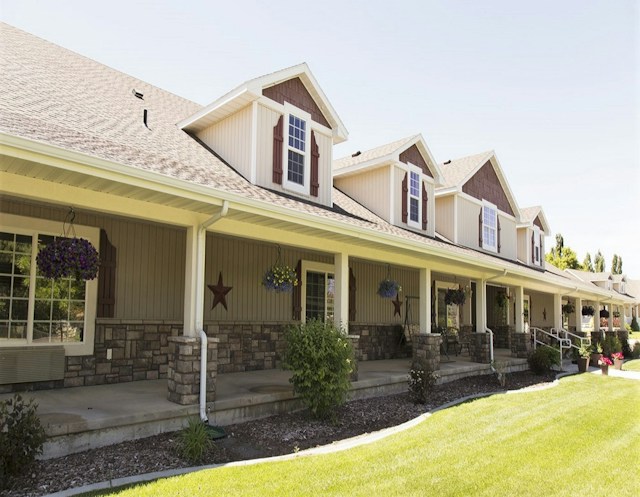The price of assisted living varies according to the degree of care needed. Housing, utilities, meals and snacks, housekeeping, laundry services, and social events are usually included in the basic cost.
Families are encouraged to work with financial planners and eldercare specialists to explore the options for financing residential care. These professionals can also assist in creatively structuring a family’s financial assets to ensure Medicaid eligibility.
Cost of Living
Suppose a loved one needs help dressing, bathing, or managing medications, but you feel burnt out from caregiving and worried about their safety. In that case, it may be time to consider assisted living. Senior care typically costs less than home health or nursing care.
Costs vary, but the national median is $4,300 a month. That includes a monthly rent that bundles in a variety of ongoing expenses. It also covers meals and socialization.
Beyond a traditional rent payment, options to help finance assisted living in Saint Petersburg, FL, include long-term care insurance, VA benefits (Aid & Attendance and Housebound allowance), pensions, investments, and even life settlements. A life settlement is an option through which a policyholder can sell their permanent life insurance in exchange for a lump sum of cash.
Meal Plan
While Medicare covers medical care costs, it does not cover custodial care or room and board, typically included in assisted living costs. However, depending on your state’s Medicaid program and waiver options, you may find that Medicare Advantage covers some custodial care services plans.
Prospective residents should ask facilities about their pricing structure. Some have an all-inclusive monthly bill, while others have a la carte pricing that itemizes the costs of individual services. Those on a budget should prioritize communities with a more predictable pricing structure.
Seniors can also explore financial aid programs to help offset assisted living costs. For example, the Department of Veterans Affairs offers the Aid and Attendance (A&A) pension to help cover assisted living costs.
Personal Care
Personal care expenses can differ greatly and entail assisting individuals with daily living chores such as clothing, grooming, and bathing. These costs, which are based on caregivers’ hourly pay, can mount up rapidly.
Prospective assisted living residents should ask the facility about these fees and how they are calculated. This will help them determine whether the community fits their budget well.
Individuals may pay for assisted living from their financial resources, such as savings, investments, and retirement funds. Others may rely on long-term care insurance to help with the cost. Many policies include a 90-day elimination period, so it’s important to understand how much out-of-pocket expense you may be responsible for before moving.
Transportation
For clients’ convenience, assisted living facilities provide transportation. There can be a one-time price for this service, or there might be a monthly payment. Additionally, a lot of communities provide socializing and wellness programs as on-site facilities.
The cost of care varies by state. According to the Genworth Financial Cost of Care Survey, the average national cost for assisted living in 2023 was $4,740 a month for a private one-bedroom apartment.
Many elderly people use money from retirement accounts or other resources to cover the out-of-pocket expenses of assisted living. Medicaid is a federal program that may pay for some assisted living expenses as well as home and community-based care for people who qualify. Additional financing sources for elder care encompass PACE, SHIP, and benefits awarded to veterans such as the Aid and Attendance pension.
Medication Management
In addition to medication administration, assisted living facilities monitor medications for storage errors and ensure they’re taken at the right time. Improving this process can help your organization save money and avoid the risks of medication-related readmissions.
Many people pay for assisted living out of pocket with retirement savings, financial help from family, and loans. Some residents even qualify for Medicaid, which can cover some costs, depending on state guidelines and level of care.
A large factor affecting assisted living costs is location, amenities, and services offered. For instance, a luxury facility may cost more than an affordable one in the same area. To better understand pricing for a specific community, contact the facility directly to learn more about their fees.

